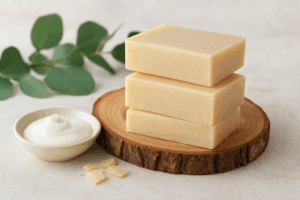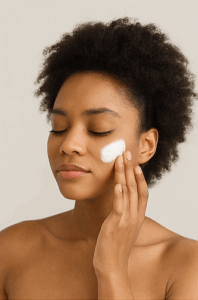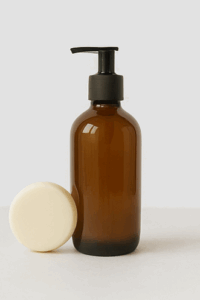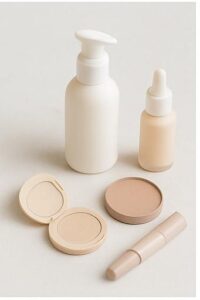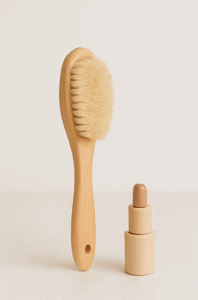March 12, 2023
Solid Soap is Making a Comeback — and It’s Smarter Than You Think
Solid soap bars are staging a confident return: they use dramatically less packaging, contain fewer stabilizers than liquids, and often last two to three times longer. Cold‑process bars retain naturally formed glycerin, a humectant that helps keep the skin barrier hydrated after cleansing.
Compared with pump bottles, bars cut plastic right at the source. One bar can replace 2–3 liquid bottles, and when wrapped in paper or placed in a reusable tin, the waste footprint approaches zero. The concentrated format also reduces transport emissions because you’re not shipping water.
Ingredient decoding: look for a balanced blend of saturated fats (coconut, cocoa butter) for cleansing and lather, plus unsaturated oils (olive, sunflower) for mildness. Superfatting at 3–7% leaves a protective buffer of oils that reduces tightness after washing.
Quick Guide: Choosing a Bar
- Dry / tight: shea, olive, oat milk, glycerin.
- Sensitive: fragrance‑free bases, calendula, goat milk.
- Oily / combo: gentle clays, green tea, charcoal.
Storage matters: the #1 reason bars go mushy is standing water. Use a raised, ventilated dish; let air circulate on all sides. For travel, a perforated tin keeps the bar dry between uses and passes liquid rules at airports.
Myth‑busting: bars are no less hygienic than liquids when used under running water and stored dry. Rotate seasonal bars — a richer shea‑heavy bar in winter, a green‑tea/clay bar in humid months.
